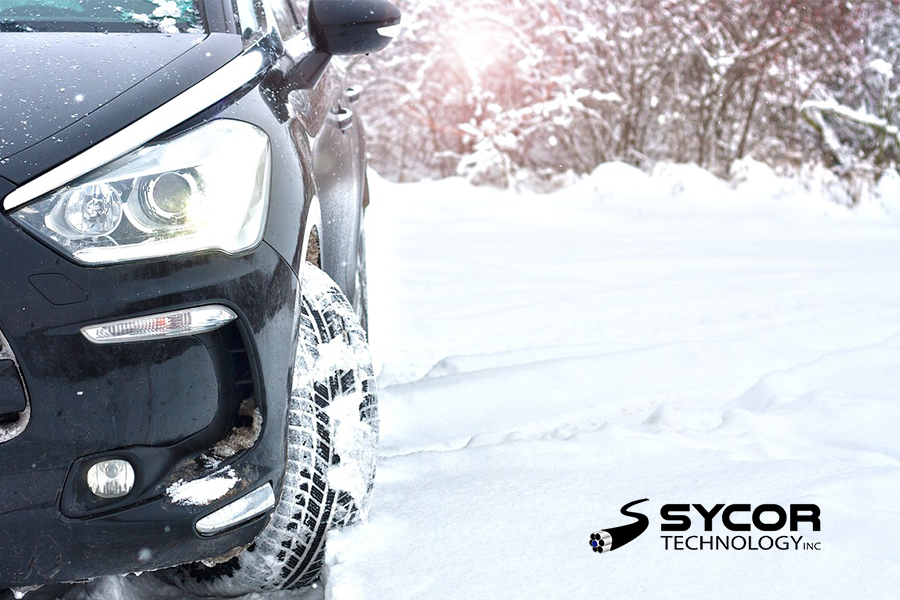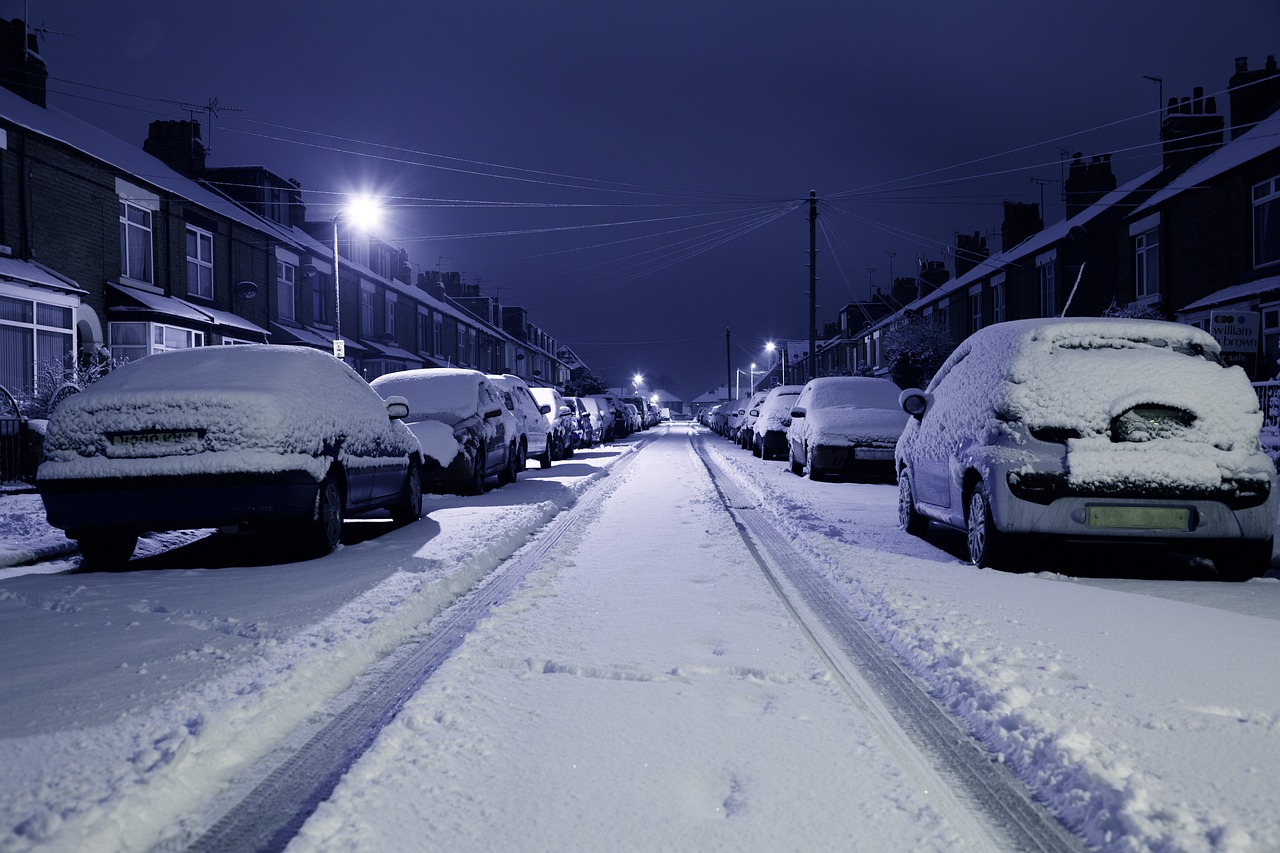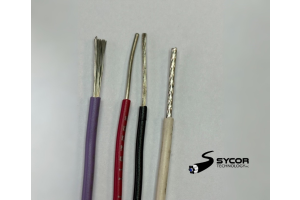
While the actual calendar season of winter is still over a month away, due to a combination of rapidly dropping temperatures and increasingly shorter days, one can’t help but feel like Jack Frost is already on our doorstep. This colder weather affects many aspects of day-to-day life, as routines, habits, and rituals all must adapt to accommodate the season. But few aspects of life feel the effects as much as personal transportation, as both more time and effort must be applied to ensure that travelers are still able to get from A to B both safely and on time. For many, little as synonymous with winter as unburying your vehicle from the previous night’s snowstorm. However, with many countries aiming to reach net-zero emissions through cleaner personal transport and the discontinuation of the internal combustion engine, an additional hurdle has just been added to the daily winter commute. With all this in mind, the team here at Sycor wants to help out and provide some insight into how best to brave the elements and make sure EV owners aren’t caught off guard by the effects of winter. First off, let’s break down what low temperatures and winter weather exactly does to electric-powered transportation.

So how exactly do cold temperatures affect EVs? Well, much like people, batteries and energy cells have a preferred temperature range where they perform optimally. To operate outside of this preferred temperature range is still possible, but would be much less efficient and taxing. For example, think of an EV as a runner or jogger, in an optimal climate they are able to move to the best of their ability. However, in winter conditions their efficiency can drop off harshly, more energy is expelled trying to move through snow on the ground, cold air is denser and harder to circulate, and most importantly they must work harder to reach and regulate an optimal temperature to keep everything running smoothly. EVs can see a decrease anywhere between 7% - 40% of their marketed range in colder climates, due to both the external conditions, and the requirement for energy usage for things such as cranking the heat up.
But what goes into these EVs, and what temperatures can they withstand? Much like gas-powered internal combustion vehicles, or any complex piece of technology for that matter, there are quite a few components that go into making an EV. Sycor has an entire category devoted to the automotive industry, with a continually growing catalog of products to accommodate the advancements in the design of vehicles as well as the components required to set up EV charging stations/networks:
|
Product |
Application |
Operating Temp. Range |
|
Some of the most common choices for automotive lighting & primary wire applications |
-40°C to +80°C |
|
|
Ideal for use in tightly spaced automotive applications |
-40°C to +105°C |
|
|
Excellent for automotive applications requiring a higher range of heat and cold resistance |
-51°C to +125°C |
|
|
Commonly used to connect a battery to a car’s electronic system, as well as ground it. |
-40°C to 105°C |
|
|
Similar to type SGT, SGX boasts a higher heat resistance, but heavier weight due to its insulation |
-40°C to 125°C |
|
|
Brake cable is designed to withstand harsh conditions, as the name describes it is designed for brake cabling applications |
-40°C to 105°C (Dry) -40°C to 75°C (Wet)
|
|
|
THHN Building wire, and shielded data cables
|
Used to connect the charging station (interior or exterior) to the grid. |
-40°C to 90°C (Dry) or -40°C to 70°C (Wet)
-20°C to 75°C minimum |
|
Applicable when an added layer of protection to heat and/or external elements is required. |
Varies significantly by the material |
While these products are designed, manufactured, and tested to the extent of their ability to ensure quality and performance, there are several things that those who are forced to brave the cold year after year can get into the habit of doing in order to ensure that the harsh winter environment isn’t able to overstep into day-to-day routines.
|
Tip #1: Plan for cold days ahead While this first tip is moreso regarding considerations to have before purchasing an EV rather than for current EV owners, with the growing pressure on the automotive market to switch over to EVs, there are some considerations to keep in mind when shopping for an electric vehicle. While there are many considerations that go into choosing a car, whether it be size, towing capacity, storage space, or even colour, for EVs there is another extremely prominent factor to keep in mind, range. Realistically speaking, no matter which EV is chosen, there will be a loss of range in the colder months. This being said, when looking into purchasing an EV take its projected range into consideration, to be on the safe side shop for an EV that can safely double the daily commute. This way even if your range is slashed in half by sub-zero temperatures, there will be no concerns about being able to make it back home/to the next charging point. |
|
|
|
Tip #2: Charge (right) before use Speaking about charging points, the next tip would be to optimize when your EV is plugged in, typically aim for charging right up until it is used (just also remember to unplug it before driving off). While this will also tie into another tip further on, it is a good idea to follow charging guidelines from your car’s manufacturer to maintain the battery’s health. It is also a good idea to have the car plugged in before use because most batteries work through an electrochemical reaction, with this chemical reaction slowing down due to the colder weather, weakening your battery's power and lengthening the charge time. Only some manufacturers provide built-in features to counteract the effects of cold weather on the battery, such as Tesla's battery preconditioning feature which warms the battery prior to charging it. |
|
Tip #3: Store inside whenever possible While not everyone has storage space available for their vehicle —and even for those who do, a garage can serve as more of a catch-all storage space than anything else— there are multiple benefits to storing your vehicle inside. First off, it mitigates the effects of colder weather, as while it may not be heated directly most garages will have a higher ambient temperature than outside. In addition to this, having the vehicle covered will save time on getting the vehicle road-ready in the winter (as fun as clearing snow off of a car is). |
 |
|
|
Tip #4: Warm your car before heading out Seeing as conserving energy in an EV is of the utmost importance in the winter, there are multiple conscious choices that can be made to lengthen the battery life, and by extension the car’s range. The first of which is preheating the car, since there is no waste heat supplied by a combustion engine to utilize and heat the cabin of an EV, the power has to come directly from the battery. However, if the car is heated while it is still plugged in the power will be pulled from the grid rather than the car’s battery. With most modern cars also having remote start-up features, it couldn’t be much easier to get the car nice and warm before even getting in. To extend range while the car is in use, prioritize seat heaters over cabin heaters (assuming the vehicle has them) as these serve as more efficient ways to heat passengers. |
|
Tip #5: Ease up lead foot The last tip regards driving in the winter months overall, and serves both EV drivers and gas-powered car drivers alike. As obvious as it may seem, try to be a conscious driver, while this is viable year-round, especially in the winter months. Make sure that unnecessary accessories such as roof racks are removed when not in use, as these create additional drag which is harder to counteract due to the colder denser air. In addition to this make sure that tires are at optimal pressure since the car will consume more energy if there are larger points of contact on the road due to under-inflated tires. The last of which is driving habits, a pattern of heavy acceleration followed by heavy braking will wreak havoc on an EV’s battery, while it is great to make it to the destination early, it is even better to not run out of power before you get there. |
While Mother Nature can be quite punishing during those long winter months, any of the steps above or all of them in combination can be taken to ensure that no winter can detract from EV ownership. Hopefully, Sycor’s guide to braving the cold with an EV affirms or reaffirms that zero-emission cars such as EVs can be the future regardless of the weather.
Any questions about a specific product? reach out to our sales team over at [email protected], we are ready and willing to assist with your inquiries!
For more information about us:
Call Toll Free - 1.800.268.9444 or Email Us - [email protected]





